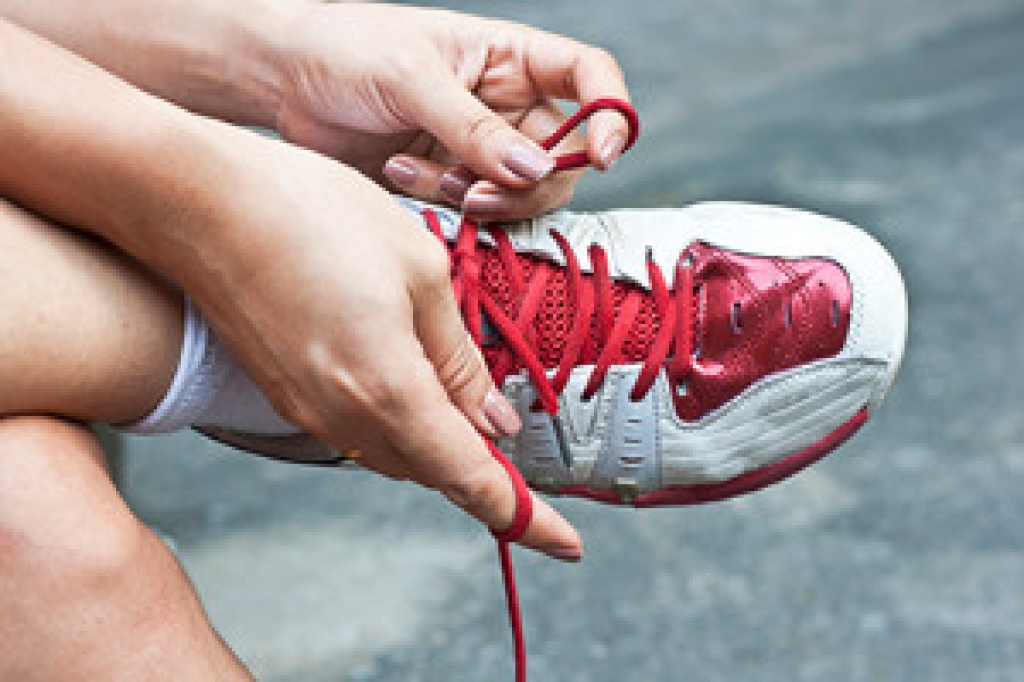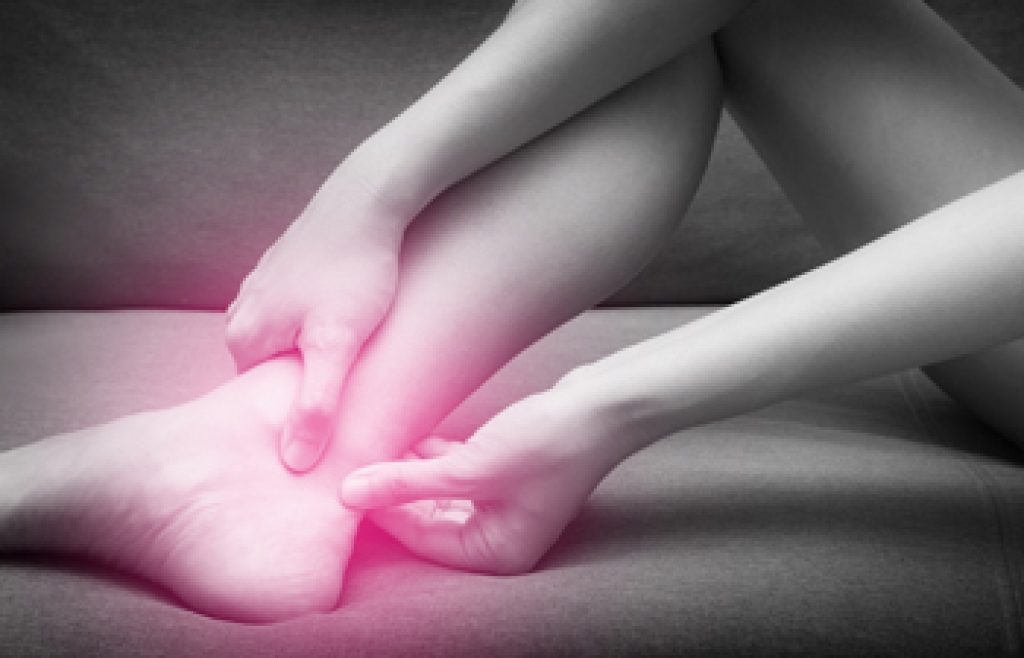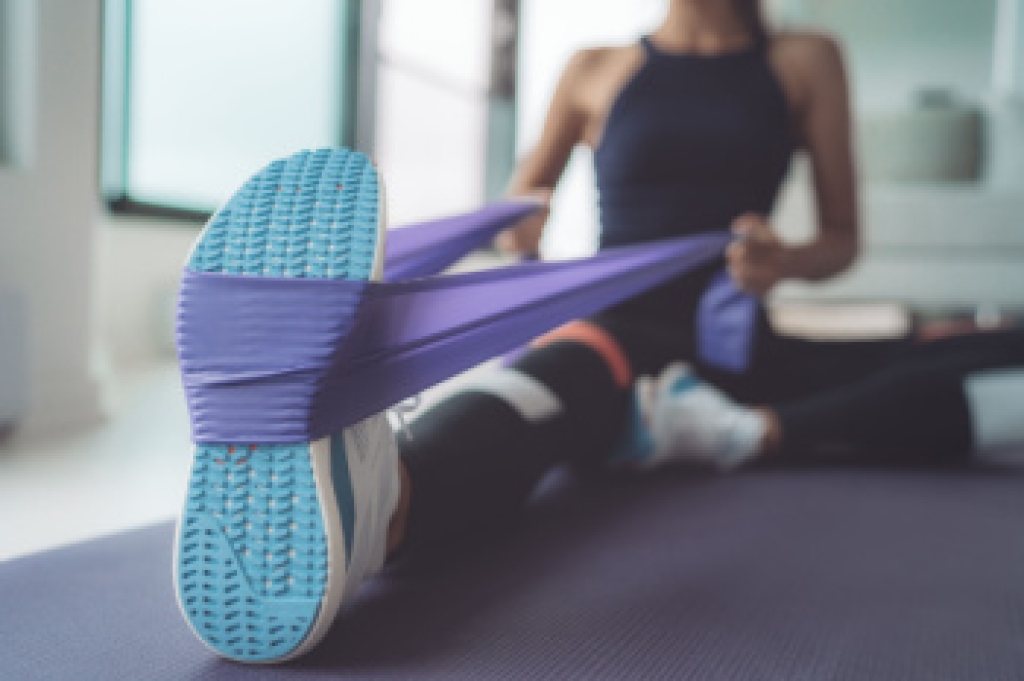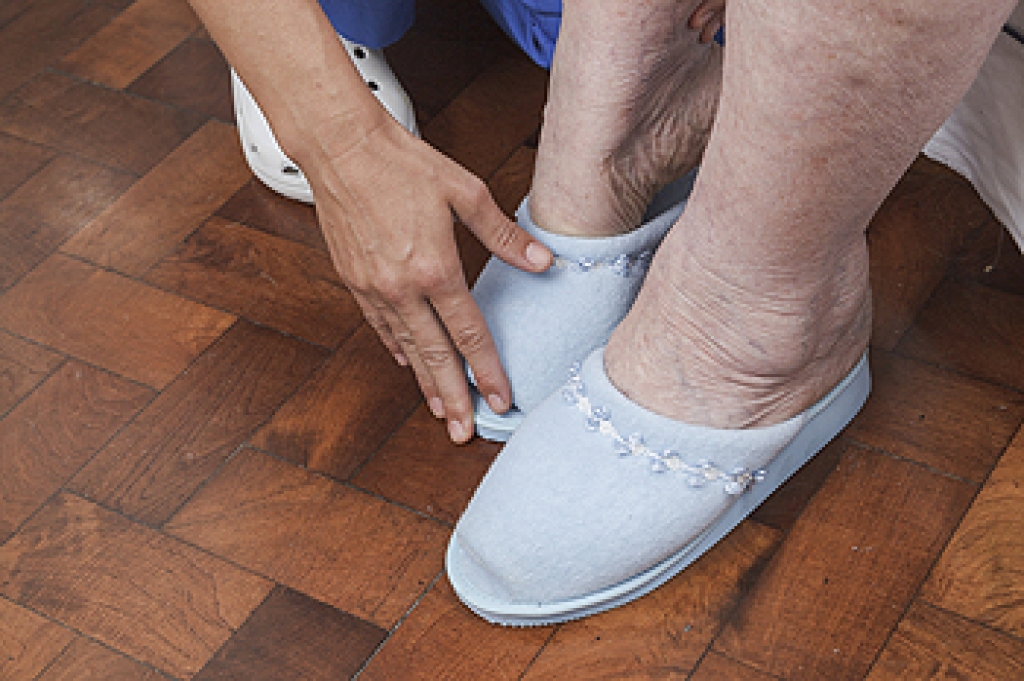
Playing pickleball can put stress on your feet, so choosing the right shoes is essential for preventing plantar fasciitis. Look for shoes with a plush tongue and collar that provide a soft, cushioned feel around the ankle. This added comfort helps reduce pressure on your feet during intense movements. A lightweight construction allows for swift and agile footwork without straining your legs. The upper of the shoe should be crafted from a breathable blend of leather and mesh, ensuring proper ventilation to keep your feet cool and dry. Shock-absorbing soles are another essential feature as they help reduce the impact on your heels and arches, providing additional support to prevent injury. You can enjoy pickleball while protecting your feet from plantar fasciitis with the right pair of shoes. If you have foot pain from playing pickleball, contact a podiatrist who can offer effective treatment solutions and determine the best shoes for this popular sport.
If you are a runner, wearing the right running shoe is essential. For more information, contact one of our podiatrists from Foot and Ankle Clinics, PA. Our doctors can provide the care you need to keep you pain-free and on your feet.
Choosing the Right Running Shoe for Your Foot Type
To increase performance and avoid the risk of injury, it is important to choose the right running shoe based on your foot type. The general design of running shoes revolves around pronation, which is how the ankle rolls from outside to inside when the foot strikes the ground.
- Neutral runners are able to choose from a wide variety of shoes, including minimalist shoes or even going barefoot.
- Runners who overpronate, or experience an over-abundance of ankle rolling, should choose shoes that provide extra motion control and stability.
- Runners who underpronate, or supinate, have feet that have high arches and lack flexibility, preventing shock absorption. They require shoes with more flexibility and cushion.
If you have any questions, please feel free to contact our offices located in Woodbury, West St. Paul, and Edina, MN . We offer the newest diagnostic and treatment technologies for all your foot care needs.




